Perspective | Metro: The new destination for advertisers
Ever since the modern metro began operations in Delhi in 2002, advertisers have found another opportunity to connect with the consumers. Post Delhi, metro extended its horizon to Bangalore and then to Mumbai .Advertisers are leaving no stone unturned to tap this mode of transit advertising as it’s the best time to get into the mind space of the consumers.
While there was a time, when advertising was restricted to buses and trains, now there is a deluge of modes of transits, be it airlines, airports, trains, taxi’s, auto’s, buses, display vans, containers or the metro and mono railways; all these modes have been used in the best way possible. Marketers are indeed making sure that the customers are exposed to all forms of communications
Metro offers yet another opportunity for lot of advertisers like BigBasket.com, Kerala Tourism, Oxigen Wallet, HUL, Bharat Martimony and many more to advertise in this transit medium. While Mumbai has seen quite a few advertisers making the most of this platform, Delhi and Bangalore are not far behind . In the other two metros too many brands are lapping it up.
Adgully caught up with Haresh Nayak, Regional Director, Posterscope Asia Pacific and Managing Director, Posterscope Group India, Aneil Deepak, Executive Director, DDB Mudra Group & Head of Ideas, DDB MudraMax and Sanjeev Gupta, Managing Director, Global Advertising to understand more on the same.
We were unable to elicit any response, from Times OOH for the same.
Importance of Transit Communication
In the last couple of years we have seen that there has been an increasing importance of metro as medium to advertise. Speaking about the same, Nayak said, “At Posterscope transit media is a quintessential part of the OOH media plan, because as a medium they help build frequency and allow us to reach the consumer in a wider time band. Through OCS (Outdoor Consumer Survey) Posterscope Proprietary research study, we understand that an average travel time in a day in Mumbai city is 90 – 120 minutes and more 50% of population travel by public mode of transport. Considering this insights, in transit media provides greater OTS (opportunity to see) time frame, attention and opportunity to engage with the consumer with detailed information. Each format of Out-of-Home has its own individualistic role to play; Billboards are used for their impact as they are exposed to floating consumer whereas transit helps in building exposure and frequency due to immobile consumer. Further on transit media offer cost effective reach, thus most of the campaigns we do transit media is an inevitable part of the larger media plan.”
Sharing some more insights, Deepak adds, “Transit media becomes unavoidable particularly in large cities, owing to the sheer scale of commuters. What also tilts the scales in its favour is the idle time. Each trip is on an average for 45 mins one way.”
On the other hand, Gupta said, “If you ask me, transit communication is so important that it can actually be used as a primary medium with other media like print, TV and radio as complimentary. This is especially true in the cities where commuting is a daily experience for a large section of the population. The logic is simple; if your intended target demographic is moving (traveling on work or leisure); it makes sense for the advertising to target it while it is on the move.”
Approach that works
Being the most new form of communication in India, this form is restricted to a class of audiences. Nayak adds, “In transport mode like Metro's and Mono's the communication has to be extremely interactive and interesting to capture their attention due to higher dwell time. Our insights tell us that in transit media options are good for smartphone network carriers, e commerce sites, and financial category which need little more detail and dwell time.”
Adding on to it, Deepak said, “Stinky armpits, people piled on each other, the same landscapes brushing by. That’s an amazing opportunity to entertain, amuse, surprise the audience.”
While it’s not necessary that advertisers have to use this platform, Gupta tells us, “Metro as well as Mono is under-exploited mediums with tremendous promise. Yes, brands are utilizing every spot available for advertising (posters, banners, coach panels and billboards) but more can and should be done, and it need not just be all visual ads as it is now. Let us incorporate radio, AVs and whacky BTL ideas like flash mobs into the mix as well.”
Innovations in Rapid Transit
We’ve seen a lot of innovations in Print, in Billboards and other forms of advertising. Speaking about the innovations in this space, Nayak tells us, “Currently in India no there is no innovation in Metro/Mono but yes internationally brands have evolved themselves exponentially. Example in Korea Tesco Homeplus used subway to their advantage by using QR code to create shopping on transit is a great example of innovative use of transit media.”
Sticking to the Indian scenario, Deepak adds, “No there is not innovation in the Metro yet. Most of what we see around is drab, static self-adhesives that goad you to look at them, since they have nothing else to do. Our benchmark of innovation is prefixing a metro station name with that of your brand.”
Gupta adds to the point saying, “The Metro is a metaphor for new and confident India on the move. It oils the wheels of commerce, leisure, and social relationship by making commutes, meetings and experiences like shopping, eating out and watching movies and plays possible. Being a link between home and all these exciting places, it can play an important role in influencing the choices of commuters in important ways. This becomes important in the light of the fact that some people spend as much as a one to two-and-a-half hours commuting on five days a week. This will however involve a better understanding of the demographics of metro commuting so that campaigns can be timed, spaced and positioned for maximum impact.”
Growth in Transit
The Metro and Mono railways are still at a nascent stage in the country. With a lot of opportunity, these platforms are growing year on year. In this context Nayak said, “The initial growth was good and brands were keen, interested and appreciative about the media. Case-in-point is Delhi metro where we see 2 hindrances in using Metro as a medium of communication – one the maintenance and hygiene has gone down due to which brands are shying away and not considering this as part of media mix and another is the Tender cost are also sky rocketing which eventually results in high media cost making the format very expensive. This is the case across all transit media format which has caused slowdown in the medium.”
Seeing a lot of scope in this medium, Deepak tells us, “As I mentioned, this is the future. So how can you ignore a mass of people that is waiting to be talked to?”
While Global Advertisers is into outdoor, they surely don’t neglect this medium. Gupta adds, “Global is into outdoor media but metro as well as mono are peripheral to our scheme of things at the moment because they cater to a tiny sliver of the commuting population in Mumbai. We do however offer coach branding, banners/ posters at the station and innovative in-coach branding options. Because it is a nascent medium we are focusing on experimenting with advertising strategies that we expect to go mainstream once the metro network expand even further in cities Cochin, Pune, Nashik and Lucknow. Even in Mumbai, we have a long road ahead.” By Archit Ambekar | Twitter: @aambarchit




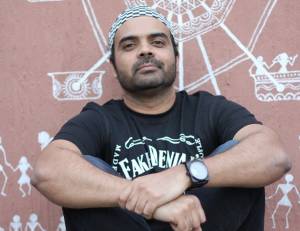

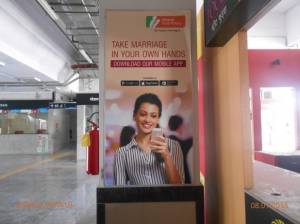
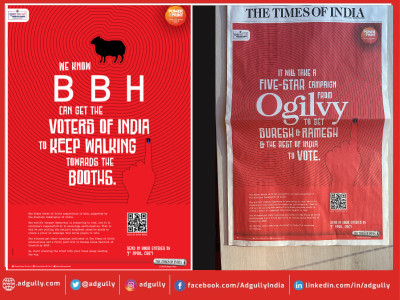
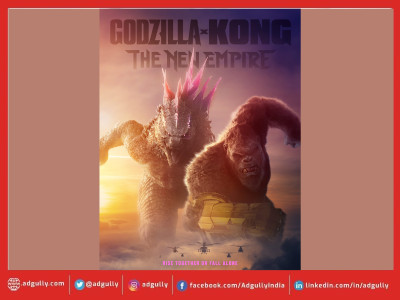
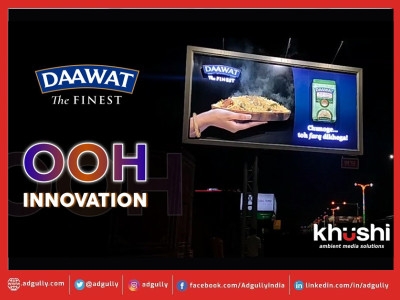
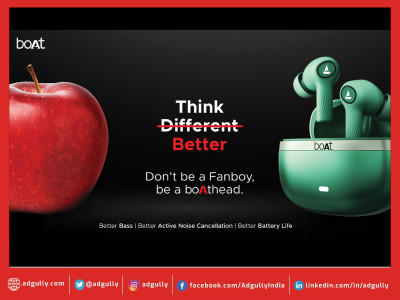
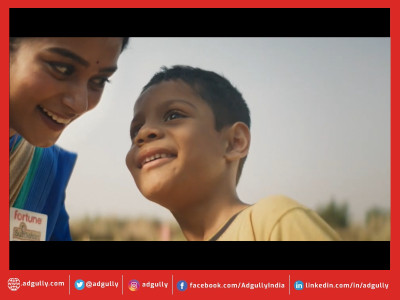
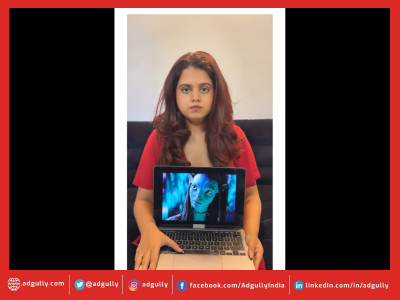
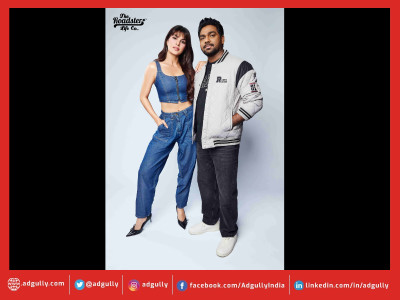
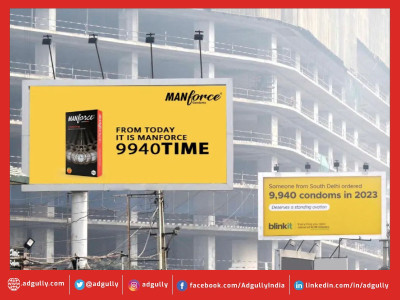

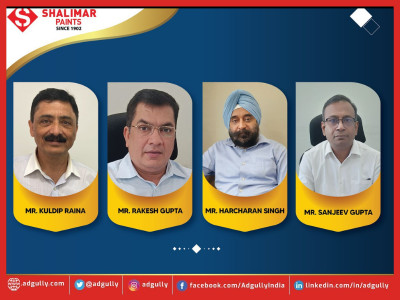
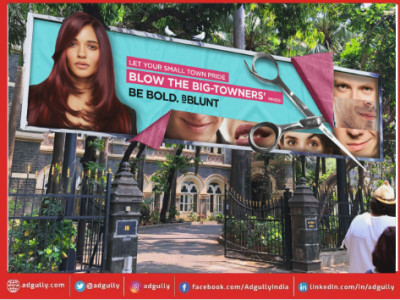
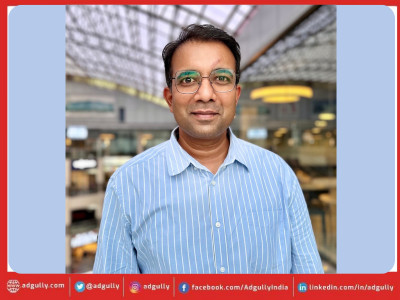

Share
Facebook
YouTube
Tweet
Twitter
LinkedIn